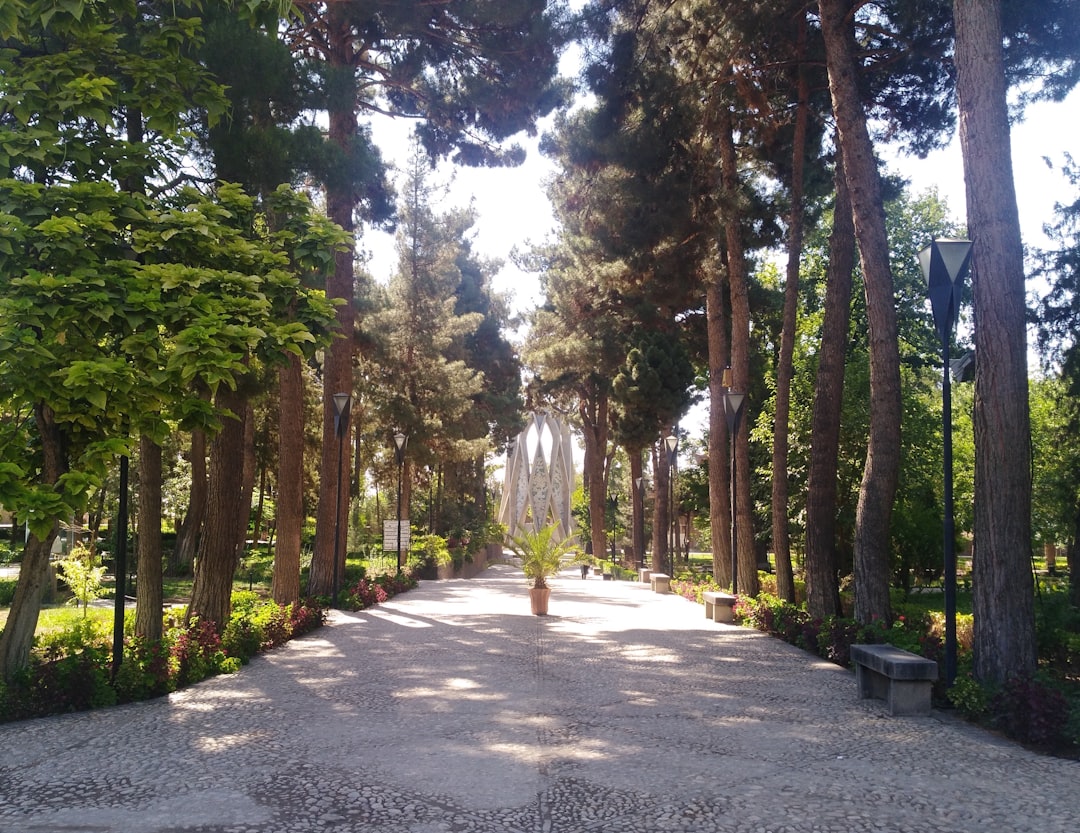Omar Khayyam (1048–1131) occupies a rare place in world culture as both a brilliant mathematician‐astronomer and a lyrical poet. His scientific treatises laid important groundwork in algebra and calendar reform, while his Rubaiyat—a collection of quatrains meditating on fate, faith, and the fleeting nature of existence—has become one of the most beloved works of contemplative poetry. How can we reconcile these seemingly disparate facets of Khayyam’s genius?
From Ghiyathiyya to Geometry: Khayyam the Scientist
Born in Nishapur, in what is now northeastern Iran, Khayyam received rigorous training in mathematics, astronomy, and philosophy. His major scientific accomplishments include:
-
Classification and Solution of Cubic Equations
In his seminal work Treatise on Demonstration of Problems of Algebra, Khayyam offered geometric solutions to general cubic equations by intersecting conic sections. Though he didn’t derive a general algebraic formula, his synthetic approach foreshadowed later developments in algebraic geometry. -
Binomial Expansion and the “Pascal’s Triangle”
Khayyam investigated the binomial coefficients—what we now call Pascal’s Triangle—deriving explicit formulas for its entries and exploring their properties, centuries before Blaise Pascal. -
Reform of the Jalali Calendar
Commissioned by the Seljuk vizier Nizam al-Mulk, Khayyam led a committee in 1079 CE to overhaul the Persian solar calendar. Their result—the Jalali calendar—proved even more accurate than the Gregorian reform of 1582, losing only one day every 5,000 years.
These achievements reflect a mind committed to precision, logical rigor, and empirical observation. Khayyam treated mathematical problems as puzzles to be unraveled, seeking both elegance and utility.
The Quatrains of Uncertainty: Khayyam the Poet
In contrast to his exacting science, Khayyam’s poetry explores life’s mysteries, doubts, and delights in brief four-line verses:
“The Moving Finger writes; and, having writ,
Moves on: nor all thy Piety nor Wit
Shall lure it back to cancel half a Line,
Nor all thy Tears wash out a Word of it.”
—Rubaiyat, Edward FitzGerald (transl.)
These quatrains—popularized in the 19th century by Edward FitzGerald’s free renderings—turn on themes of:
-
Transience and Fate: The unstoppable “Moving Finger” reminds us that time and loss are irreversible.
-
Wine and Revelry: Celebrations of the tavern’s wine symbolize an embrace of life’s pleasures in the face of uncertainty.
-
Skepticism and Inquiry: Khayyam questions dogma and certitude, suggesting that human reason alone cannot penetrate all truths.
Far from betraying his scientific self, this poetry shares the same spirit of inquiry. Khayyam probes the boundaries of what we can know—whether in solving an equation or in understanding existence itself.
Unity of Mind: Bridging Calculation and Contemplation
Rather than seeing Khayyam’s science and poetry as opposing realms, we can view them as complementary expressions of a unified intellect:
-
Questioning as Method
Just as he interrogated the axioms of Euclidean geometry, Khayyam’s verses challenge philosophical and theological assumptions. Both pursuits embrace doubt as a spur to deeper insight. -
Beauty in Patterns
The geometric harmony of conic intersections parallels the rhythmic symmetry of a quatrain. Khayyam’s aesthetic sensibility finds order and elegance in both numbers and words. -
Acceptance of Mystery
In mathematics, certain problems resist closed‐form solutions; in life, ultimate answers may elude us. Khayyam’s willingness to sit with unresolved questions—whether cubic equations or the meaning of destiny—underscores a shared epistemology. -
Empirical Humility
His calendar reform rested on precise astronomical observation; his poetry advises humility before the cosmos’ vastness. Both remind us that knowledge advances by measuring—and by acknowledging our limits.
Legacy: Beyond Two Personas
Omar Khayyam’s dual legacy endures in multiple fields:
-
In Mathematics and Astronomy: His work on cubic equations and calendrical precision continues to be studied by historians of science, revealing the sophistication of medieval Islamic scholarship.
-
In World Literature: The Rubaiyat has been translated into countless languages, inspiring artists, philosophers, and skeptics with its meditations on time, joy, and mortality.
By reconciling Khayyam the scientist and Khayyam the poet, we uncover a vision in which analytical rigor and existential wonder are two sides of the same pursuit: understanding our place in the universe. In his hands, equations became pathways to truth, and quatrains wings for the soul—both urging us to observe keenly, reflect deeply, and live fully in the moment.





